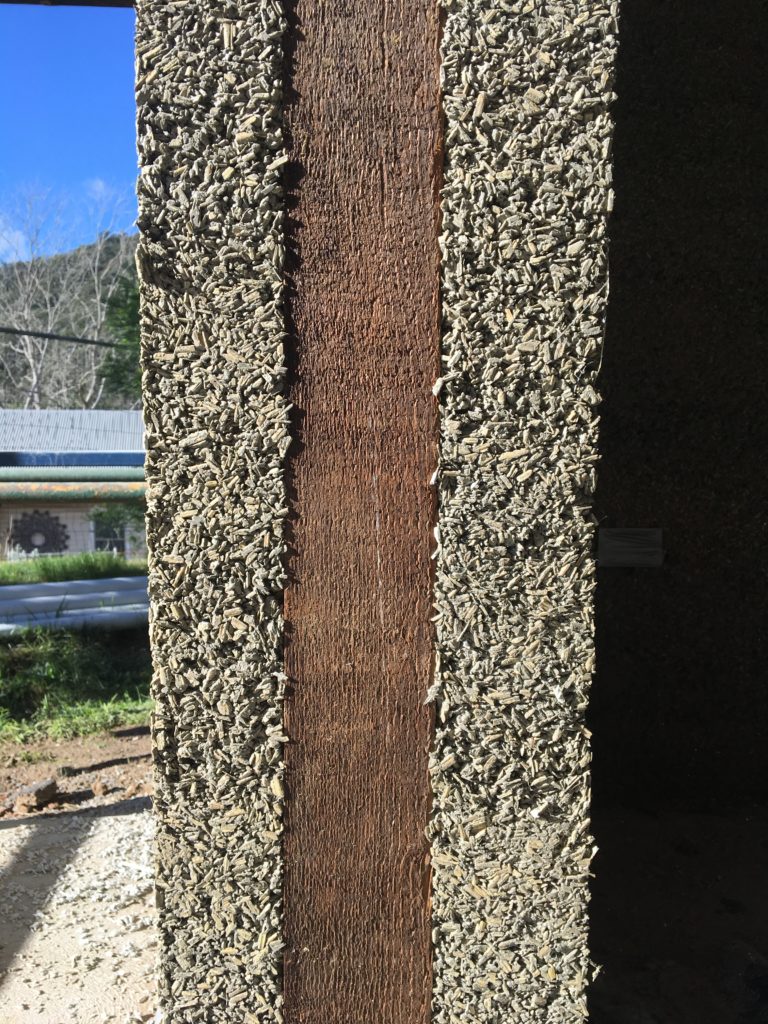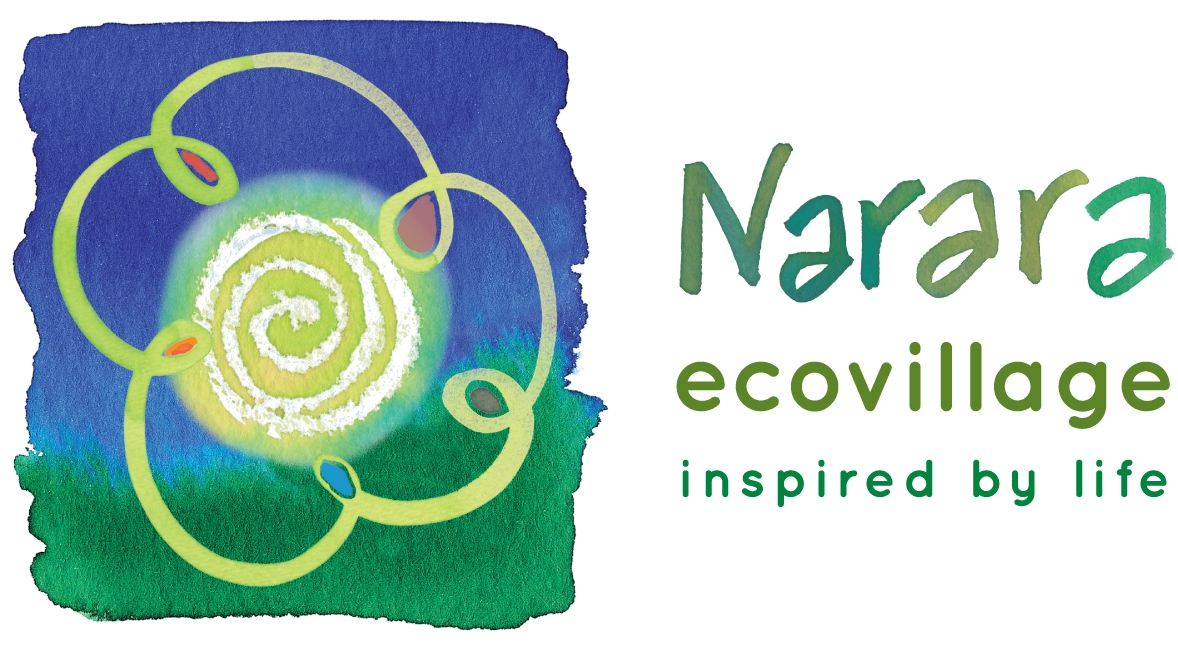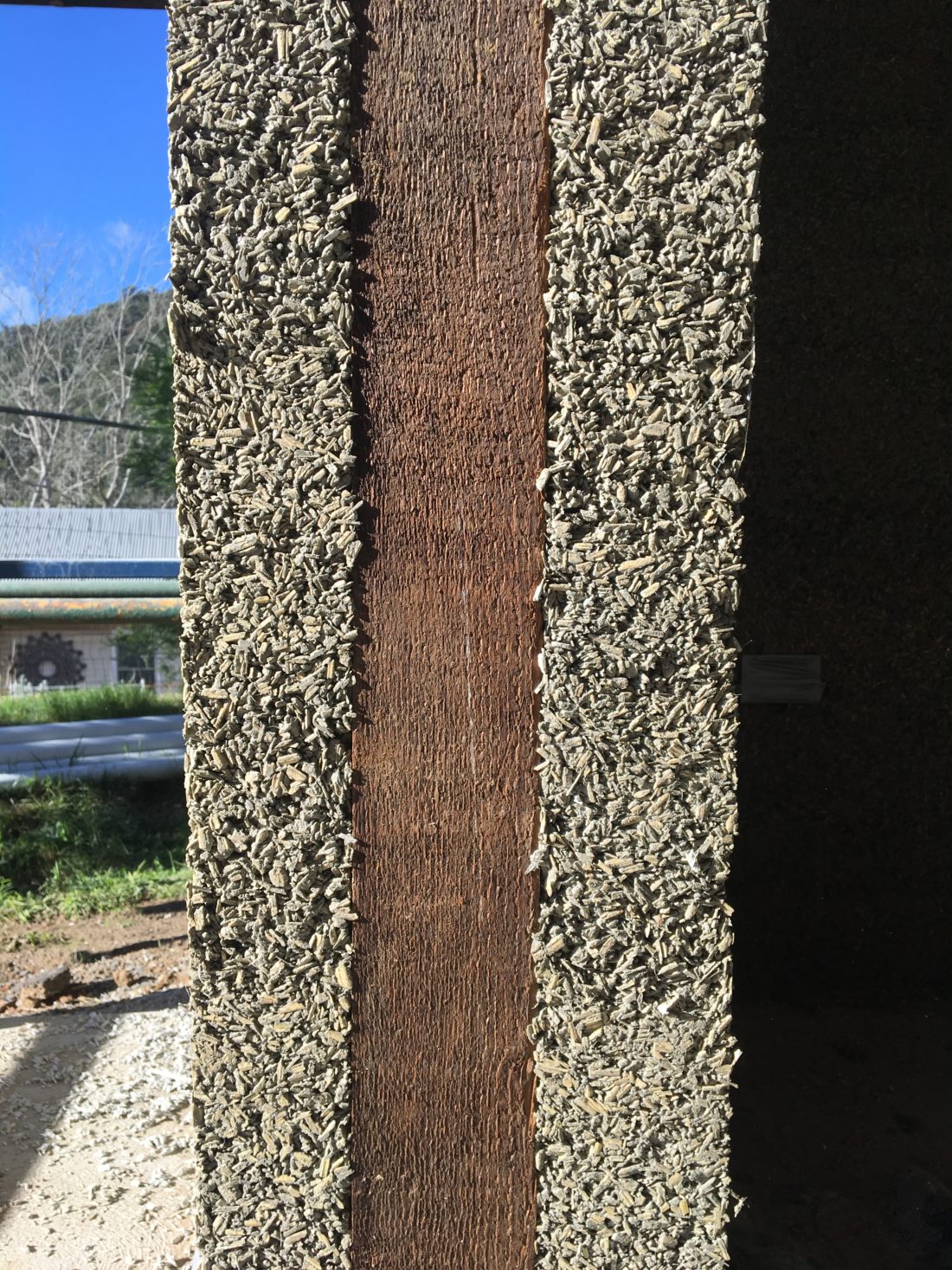‘Natural building’ is an umbrella term describing buildings constructed primarily from natural sources rather than man-made materials. It can include buildings made from mud, straw, clay, stones and wood, relying almost exclusively on raw or minimally-processed materials. Builders of ‘natural’ homes generally build use techniques which do not further pollute the environment, consume more fossil fuel, or unnecessarily extract more of the Earth’s resources.

These homes have a special aesthetic quality – they blend in with the environment and feel more ‘natural’. Natural buildings also generally ‘breathe’ better than those constructed primarily out of man-made materials, and allow for higher air quality indoors, improving the health of the home and its inhabitants. Noise and humidity levels are reduced and they often feel very ‘cosy’ and psychologically, as well as physically ‘warm’.
Critics of natural buildings express concerns about the safety of some building techniques. It is also seen as ‘not modern’. The latter is certainly true – buildings have been constructed out of earth and natural materials since the beginning of civilisation, and these traditional construction methods are still in use in many less privileged communities around the world today.
In terms of safety, natural building projects can readily comply with local Australian building codes and present far less risk to the safety of their builders and inhabitants than many man-made alternatives such as gyprock, chemically-treated timber and sealants with high levels of volatile organic components.
At Narara Ecovillage, the natural building group – many of them parents of young families – have created strong social connections as well as developed a culture of skill-sharing and mutual support. Many have trained together in a range of natural building techniques and then practiced through their collaborative creation of an outdoor campground kitchen.
They plan construction sequentially where possible so that professional paid expertise is complemented by collective effort – just as villages have been built for thousands of years. Not only is it cost- and energy-efficient but it strengthens social cohesion. Collective natural building reduces isolation as well as carbon emissions.

